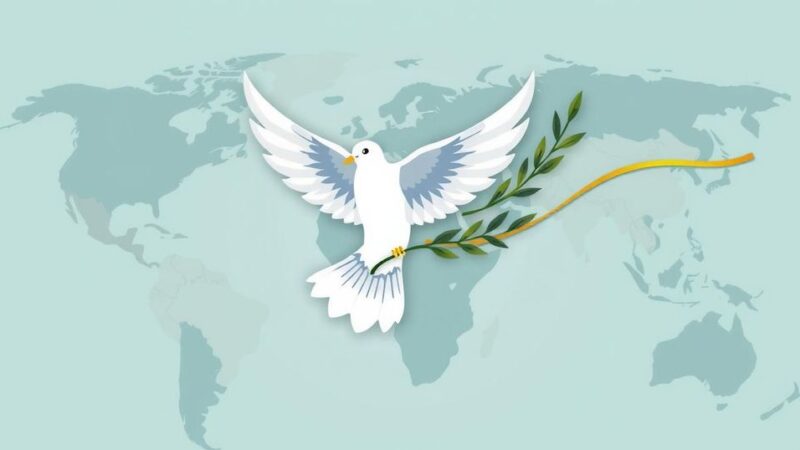The U.S. has initiated military strikes against Yemen’s Houthis after their shipping attacks, marking Trump’s largest operation in the Middle East. The Houthis, led by Abdul Malik al-Houthi, gained control of significant territory since 2014, supported by a movement rooted in Zaydi Shi’ite revival. Their recent maritime actions amid regional conflicts have drawn international military responses, with ongoing allegations of Iranian support complicating the situation further.
U.S. President Donald Trump has initiated the most significant military operation in the Middle East against Yemen’s Iran-aligned Houthis, following their renewed attacks on Red Sea shipping. The strikes have resulted in at least 24 fatalities to date and are anticipated to continue for several weeks as Trump intensifies sanctions against Tehran.
The Houthi movement originated in the late 1990s, established by the Houthi family in northern Yemen to revive the Zaydi sect of Shi’ite Islam. This sect had historically ruled Yemen but faced poverty and marginalization. Their dissatisfaction with the central government in Sanaa led to multiple guerrilla conflicts and a brief war with Sunni-majority Saudi Arabia.
Abdul Malik al-Houthi spearheaded this movement, transforming a group of local fighters into a formidable armed force. Al-Houthi, a skilled commander in his 40s, has made the Houthis a powerful military body, amassing significant drone and missile capabilities. Although Saudi Arabia and Western nations assert that Iran supplies these arms, Iran consistently denies the allegations.
The Houthis gained control over much of Yemen following a civil war outbreak in late 2014 when they captured Sanaa. In response to their rise, Saudi Arabia initiated a coalition in March 2015 to support the government based in Aden. Since then, they have dominated northern Yemen and significant urban areas, despite earlier relative stability facilitated by U.N. peace talks.
The Houthis have engaged in attacks on shipping routes in the Red Sea amid the ongoing Gaza conflict, allegedly targeting vessels linked to Israel. These actions have disrupted global shipping and forced reroutes that increase costs and transit times. Even as the Houthis claim to target specific ships, reports indicate that all vessels in these waters face heightened risks, prompting U.S. and British airstrikes aimed at ensuring safe maritime trade, critical to global shipping channels.
Aligned with the “Axis of Resistance,” the Houthis are part of a network of militias, including Hamas and Hezbollah, supported by Iran. Their slogan includes declarations against the U.S. and Israel. While accusations persist regarding Iranian support, the Houthis maintain a domestic focus for their agenda, asserting independence from Tehran’s influence despite shared regional objectives.
The article outlines the complexities surrounding Yemen’s Houthis, from their origins in the late 1990s to their current military actions against perceived adversaries. Led by Abdul Malik al-Houthi, the organization has evolved into a major military force, challenging U.S. and Saudi interests. Their involvement in regional conflicts, particularly through shipping attacks, has escalated tensions, leading to U.S. military responses aimed at protecting critical trade routes. The Houthis’ ties to Iran add another layer of geopolitical complexity, as accusations and denials shape the narrative of their motivations and alliances.
Original Source: www.ndtv.com






